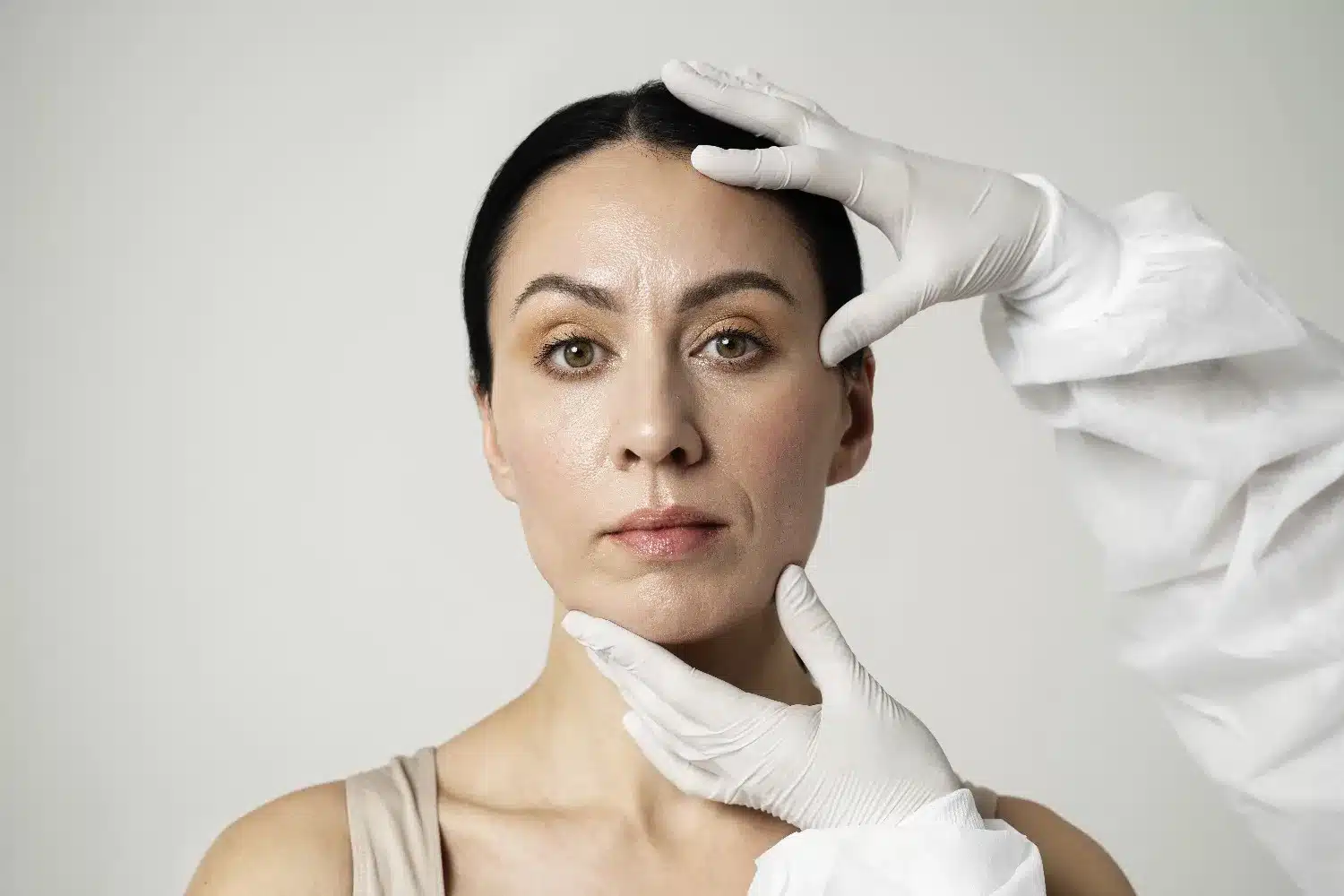
Radiesse, a popular volumising dermal filler, is widely used for facial and body contouring due to its ability to stimulate collagen production and provide long-lasting results. However, like any medical procedure, Radiesse treatments can come with potential complications and side effects.
This article aims to equip medical professionals with the knowledge to identify, manage, and mitigate these risks to ensure safe and effective patient outcomes.
Radiesse fillers are great for shaping faces and bodies. They work by stimulating the production of collagen, which helps skin look younger for a longer time. But, like all medical treatments Radiesse complications can occur like bruises, redness, pain, swelling, and itching at the injection site.
Sometimes, the side effects can be serious, like scars that don’t go away or feeling pain right after getting the filler.
Doctors need to know that not everyone is a suitable candidate for Radiesse fillers. People with serious allergies or those who react badly to what’s inside Radiesse shouldn’t use it. Also, if someone has trouble with bleeding too much, they should avoid this treatment.
To ensure safety and the highest quality of products they use, medical professionals should always buy Radiesse fillers from trusted sources, like Nu Derma Supply online shop. Knowing these facts helps doctors keep their patients safe and harness all Radiesse benefits.

Radiesse stands out as a volumising dermal filler, celebrated for its unique ability to foster collagen production whilst promising durability. Its primary component, calcium hydroxylapatite, provides immediate volume and stimulates collagen production, making it a favoured choice among practitioners and patients alike. With benefits lasting up to a year or more, this treatment option is not just about immediate corrections but also enhances long-term skin quality.
The procedure involves an intricate review of the patient’s medical history and an aesthetic examination, followed by sanitation of the targeted regions and precise administration of the filler through deep dermal or subdermal injections.
Notably, Radiesse has established itself within professional circles for its efficiency in facial and body enhancements without having undergone safety studies for individuals prone to keloid formation and scarring.
Common side effects underscore the necessity for medical professionals to be thoroughly acquainted with both the Radiesse benefits and its potential implications. Patients on medications that extend bleeding times might see an uptick in bruising or bleeding post-treatment—highlighting the importance of comprehensive pre-procedural evaluations.
This groundwork ensures that practitioners can offer customised advice while securing informed consent from their patients. Understanding potential Radiesse complications enables practitioners to better safeguard patient outcomes.
A common complication of a dermal filler is an adverse effect that occurs relatively frequently and can typically be managed with standard medical interventions. In that regard, although not life-threatening, common Radiesse complications may include:
Less common complications of dermal fillers refer to adverse effects that occur infrequently but may pose significant challenges in management and require specialised treatment. These Radiesse complications need careful monitoring and timely intervention to mitigate risks and ensure patient safety. They include:
Medical professionals can use several ways to identify Radiesse complications, like:
Managing complications associated with Radiesse involves a tailored approach to each specific issue that may arise post-procedure. For infections, initial treatment typically involves antibiotics as the primary line of defence. In more severe cases where infections persist or worsen, surgical drainage may be necessary to effectively clear the affected area and prevent further complications.
Addressing allergic reactions is another critical aspect of managing Radiesse complications. Mild allergic responses can often be alleviated with over-the-counter antihistamines or corticosteroids to reduce inflammation and discomfort. However, in cases of severe allergic reactions, such as anaphylaxis, immediate administration of epinephrine and emergency medical care are essential to stabilize the patient and prevent life-threatening complications.
When managing nodule formation, which can occur due to uneven distribution or migration of the filler, several techniques may be employed. These include gentle massage to redistribute the filler, although this approach may not always be effective with Radiesse due to its composition. Alternatively, injections of hyaluronidase can be considered to dissolve hyaluronic acid-based fillers, though this enzyme is less effective with calcium hydroxylapatite fillers like Radiesse. In persistent or severe cases, surgical removal of the nodules may be necessary to achieve satisfactory aesthetic outcomes and relieve patient discomfort.

A thorough pre-procedural patient assessment is the first step in mitigating Radiesse complications. Conducting a comprehensive medical history and examination helps identify patients who may be at higher risk of experiencing complications. It is crucial to discuss any prior reactions to fillers or other injectable treatments to tailor the procedure and mitigate potential risks accordingly.
Using proper injection techniques is paramount in minimising risks associated with Radiesse. Techniques such as injecting slowly and carefully to ensure even distribution, and avoiding overfilling, significantly reduce the likelihood of complications. Adequate training and experience in these techniques are essential for healthcare providers to achieve optimal outcomes and patient safety.
Patient education and obtaining informed consent are integral parts of the pre-procedure preparation. Educating patients about the potential risks and complications associated with Radiesse empowers them to make informed decisions. Ensuring that patients understand what to expect post-procedure enables early recognition of any adverse effects, facilitating timely intervention and enhancing overall patient satisfaction and safety.
The importance of ongoing education and training for medical professionals can’t be overstated when it comes to the use of Radiesse fillers.
Staying updated with the latest techniques and understanding potential complications ensures safe and effective patient outcomes. Proactive management and mitigation of Radiesse complications are key to maintaining patient trust and achieving successful aesthetic results.
Study on Safety and Complications of Calcium Hydroxylapatite
https://www.researchgate.net/publication/314165709_calcium_hydroxylapatite_a_review_on_safety_and_complications
Healthline Article on Radiesse Fillers
https://www.healthline.com/health/radiesse
Study on Calcium Hydroxylapatite
https://www.ncbi.nlm.nih.gov/pmc/articles/PMC4295857/
Join our newsletter to receive latest news and offers

Medicle MD Ltd
Reg. Number: 14317237
Address: 27 Old Gloucester Street,
WC1N 3AX London,
United Kingdom